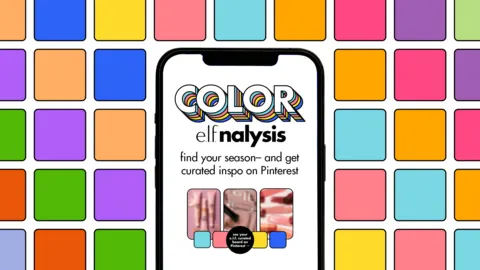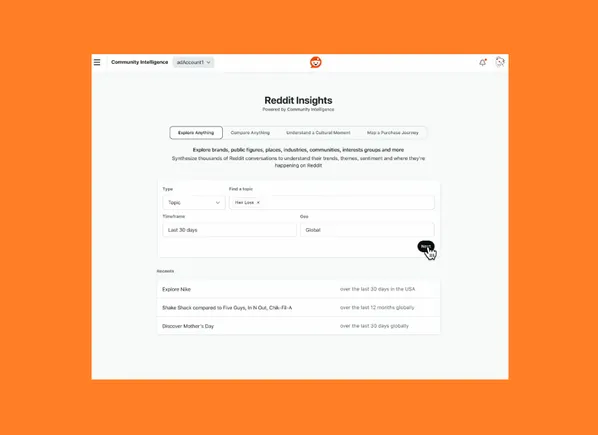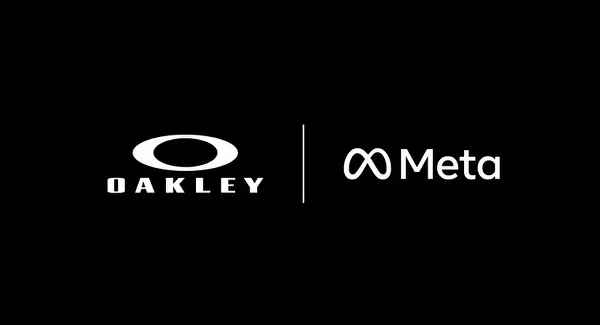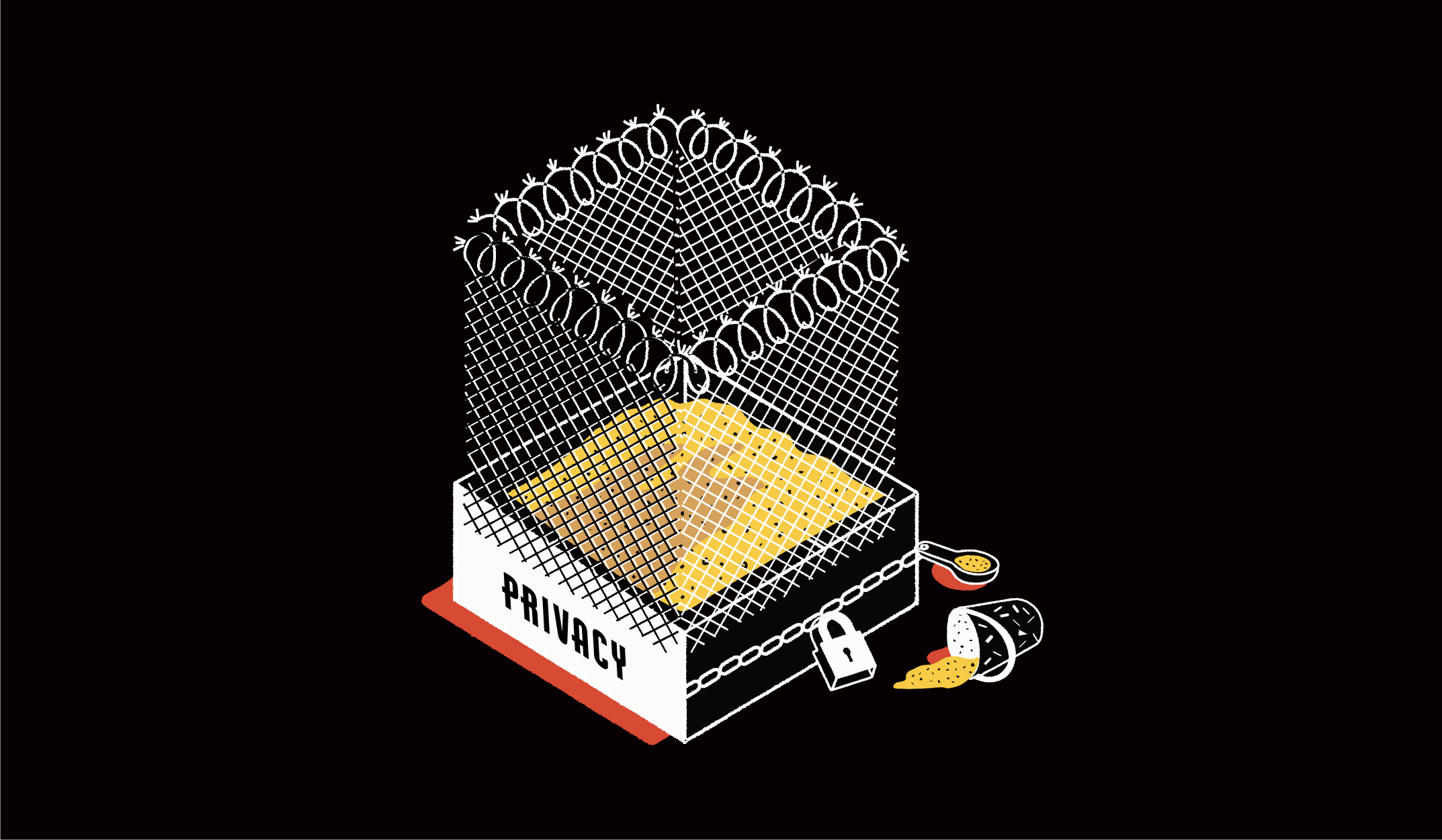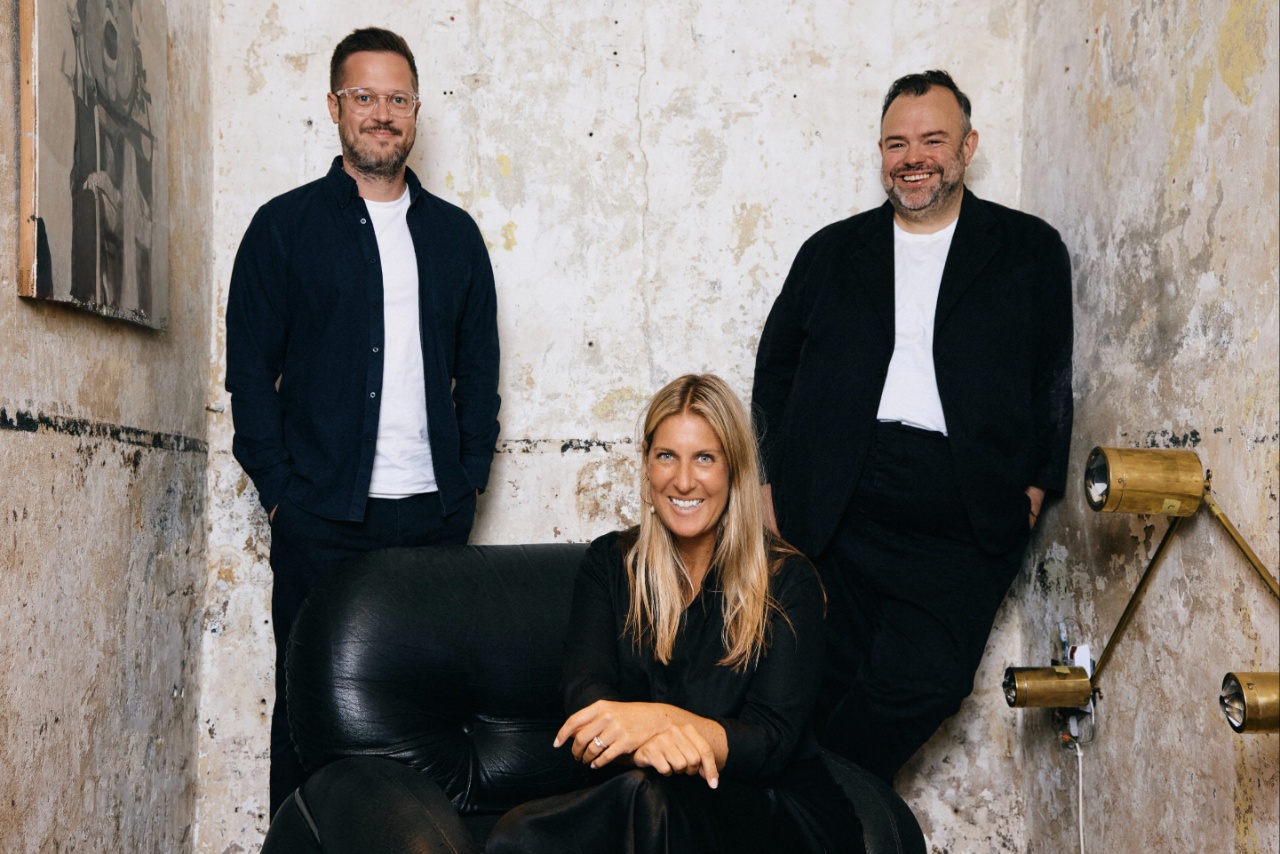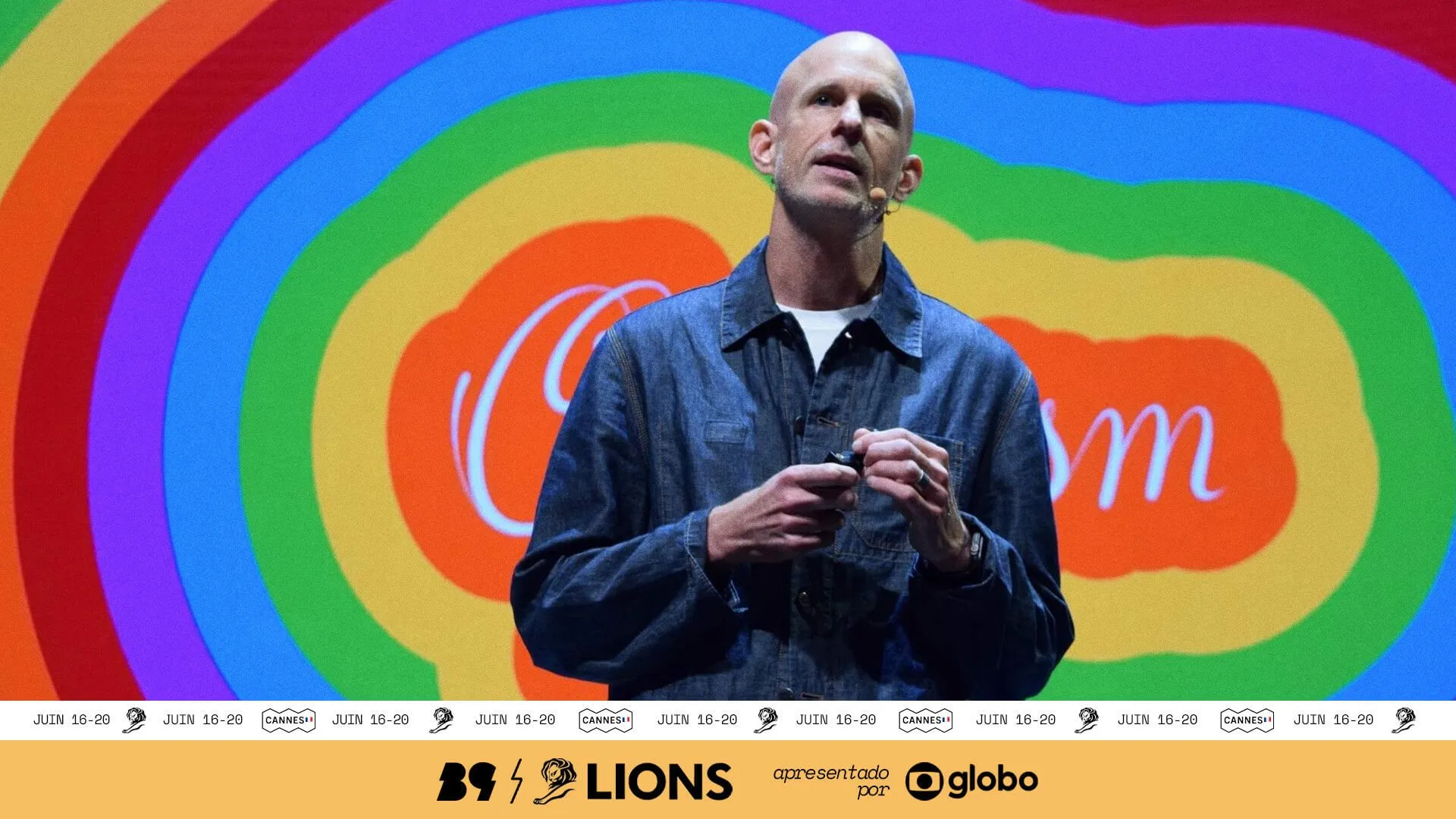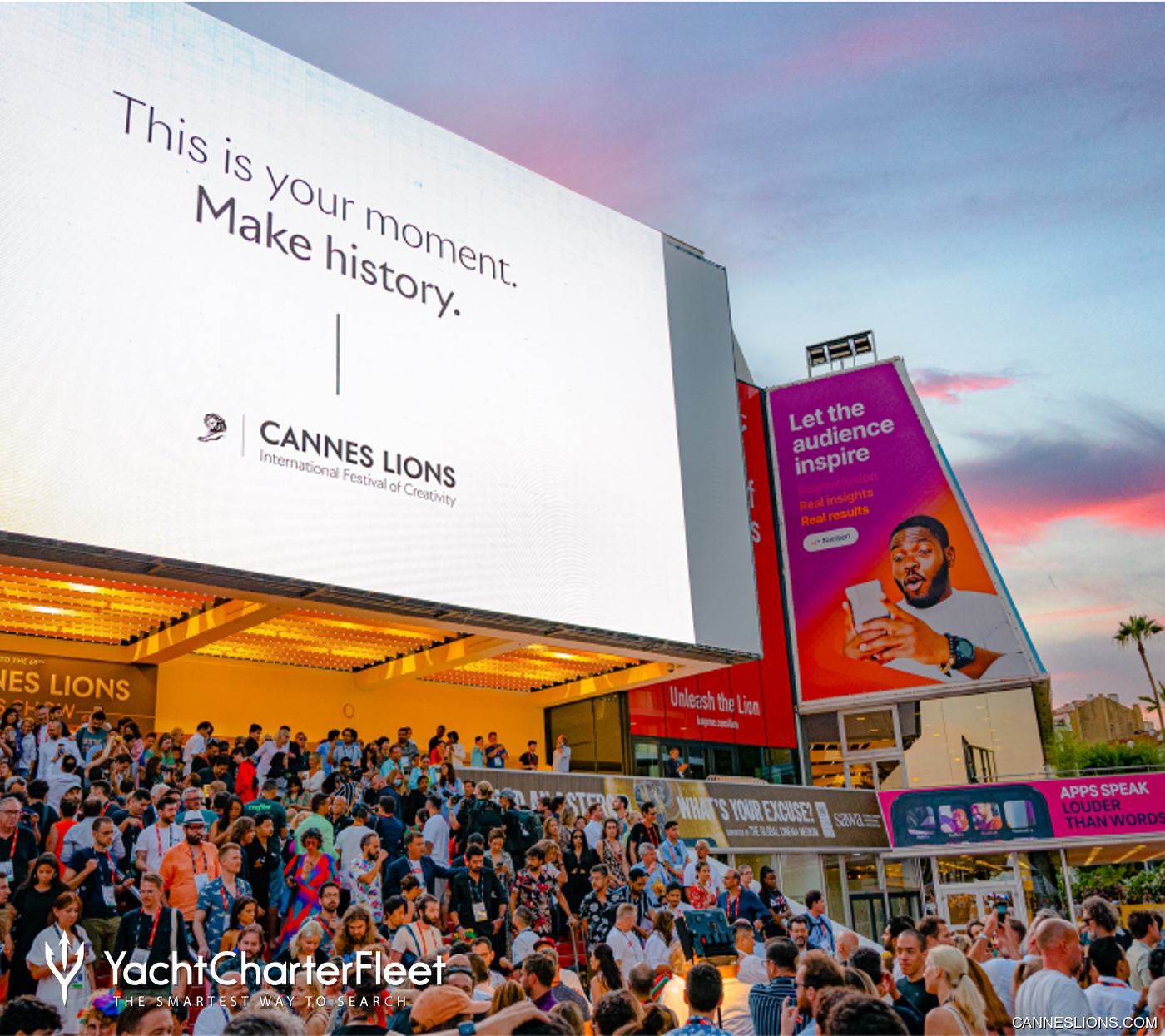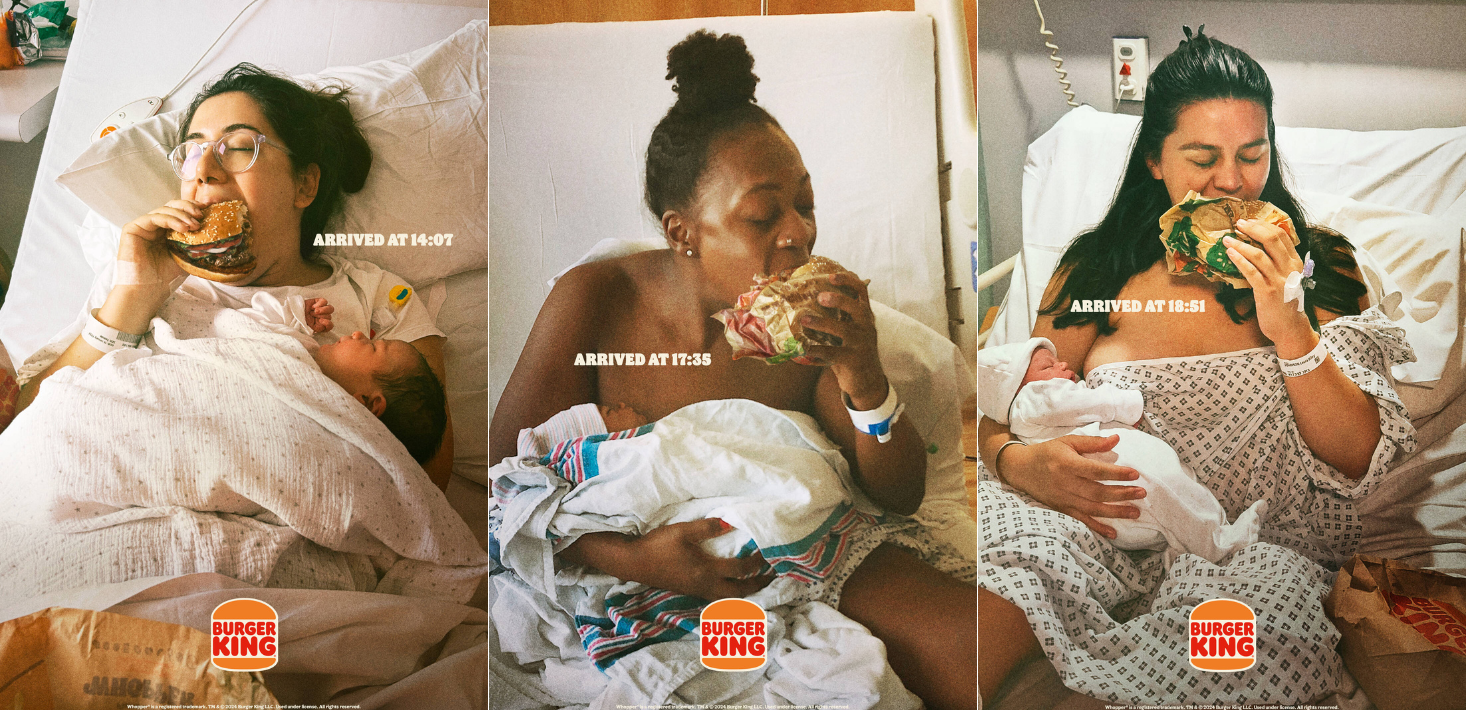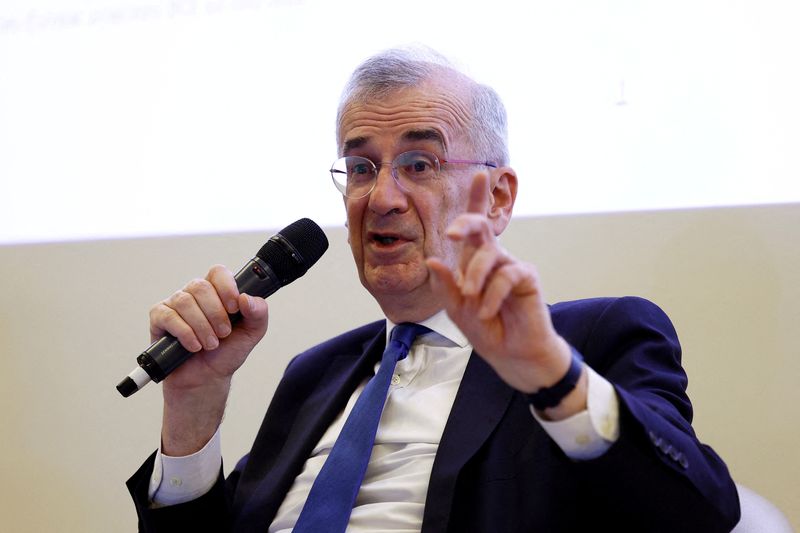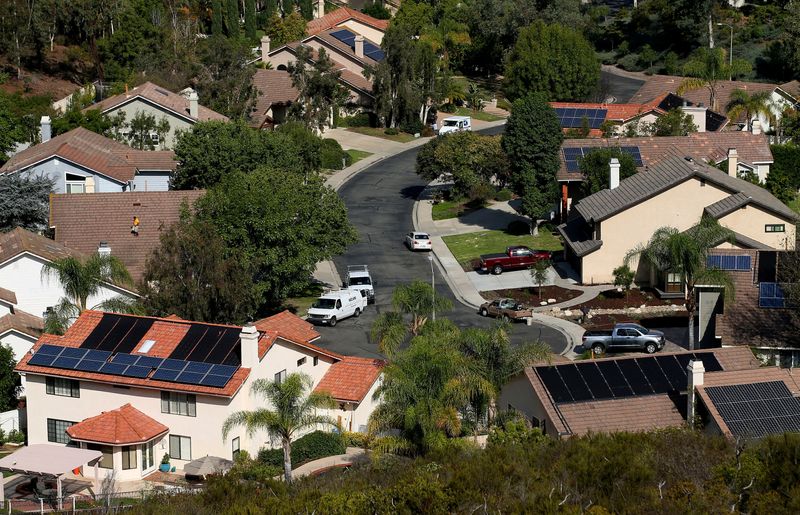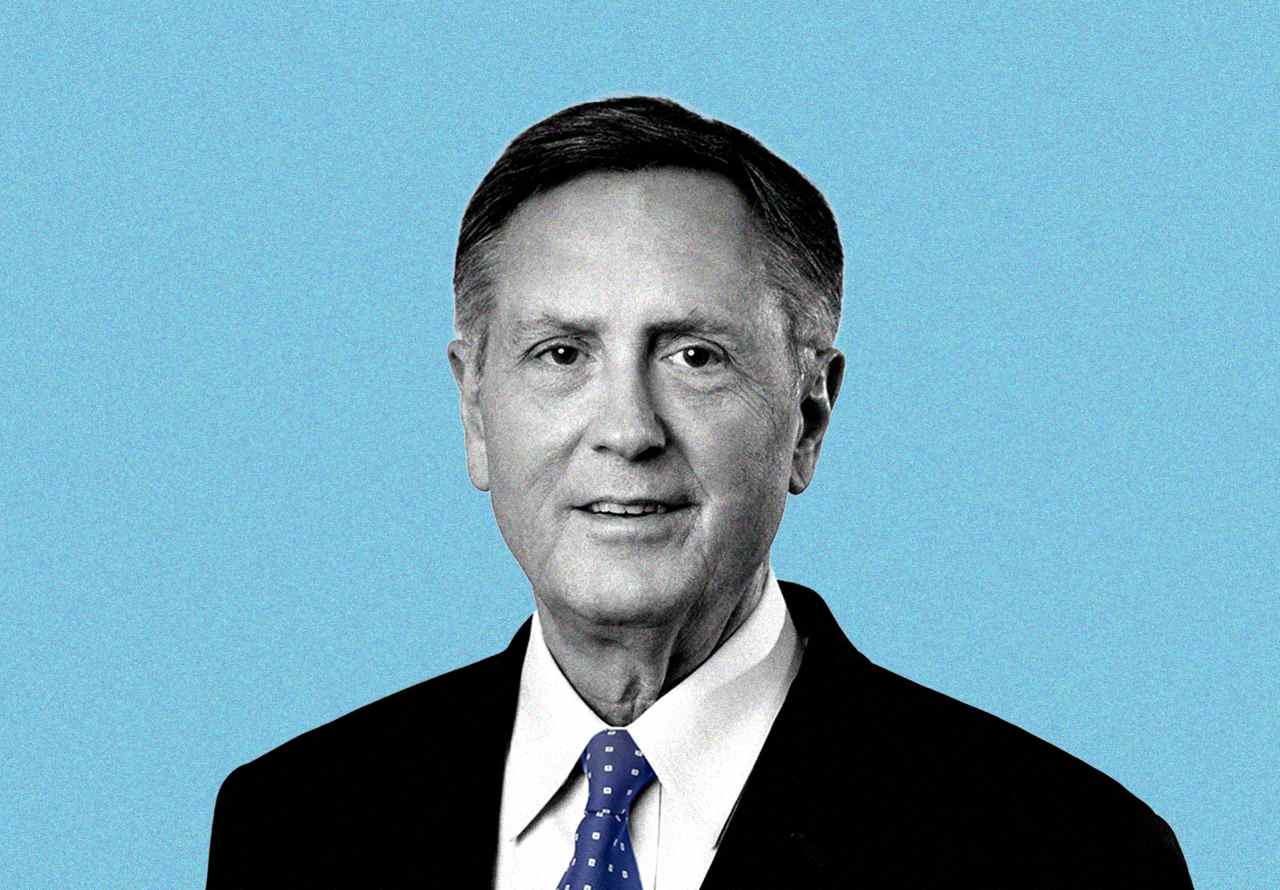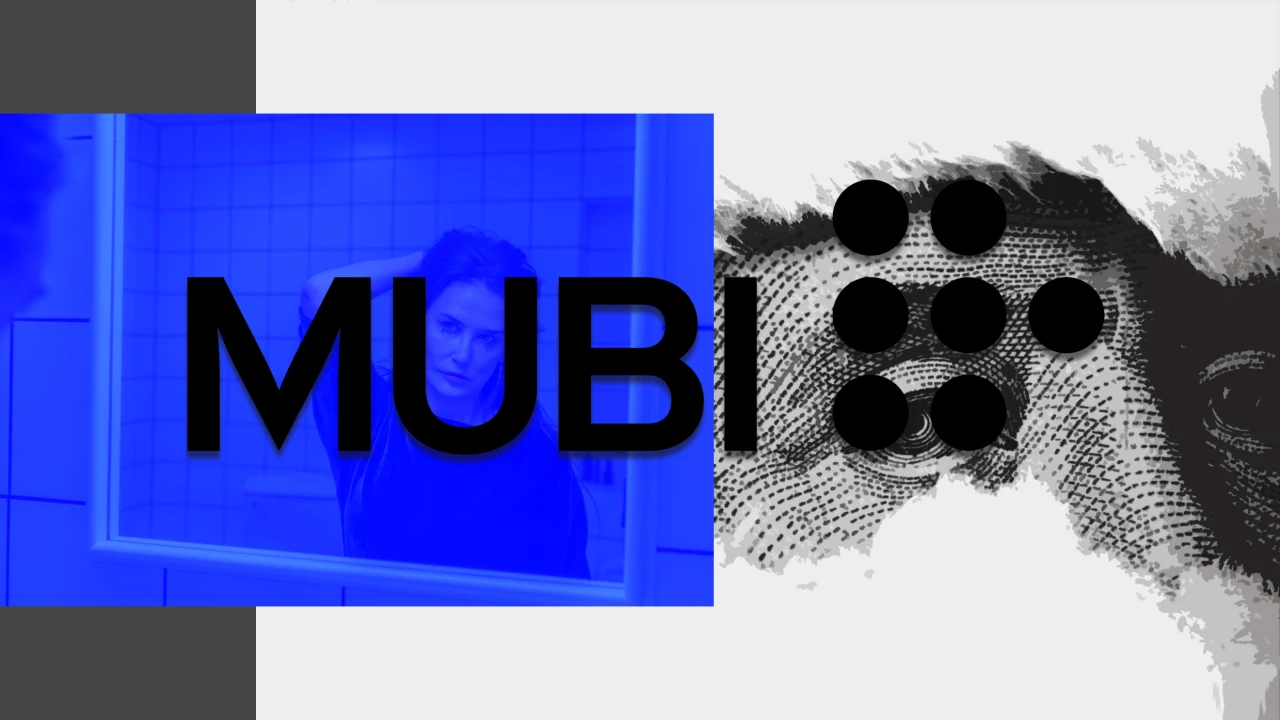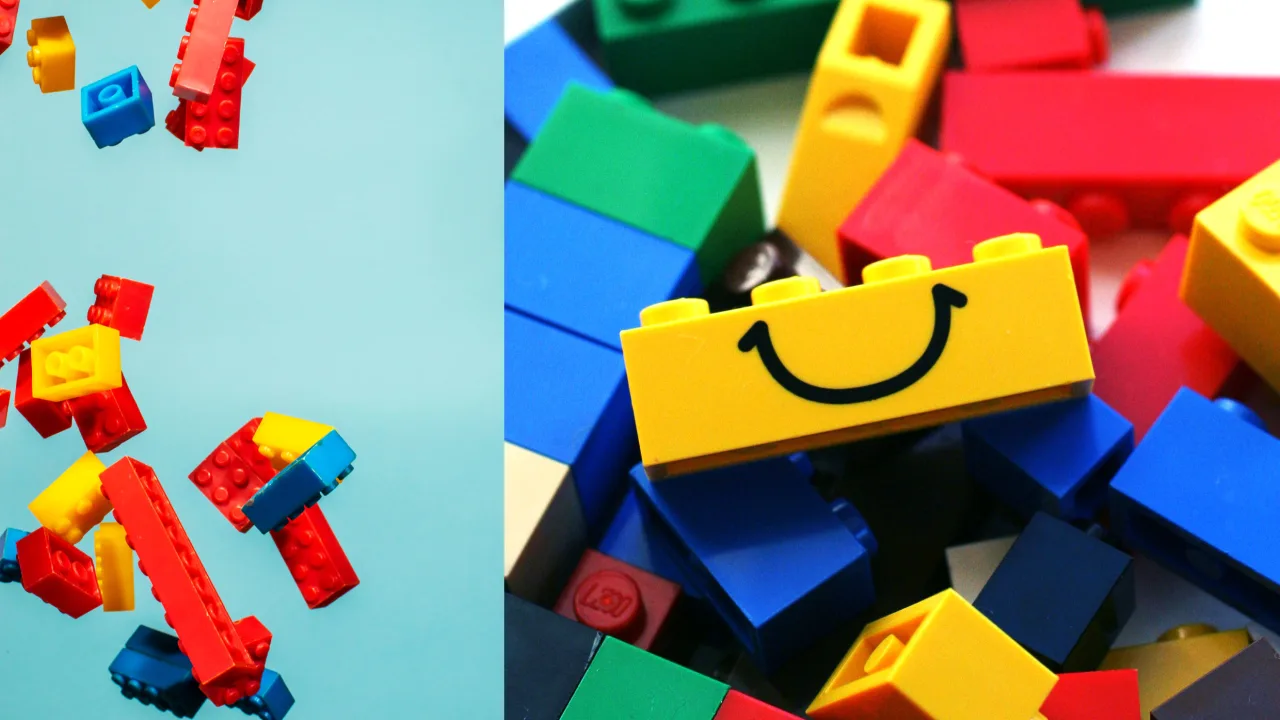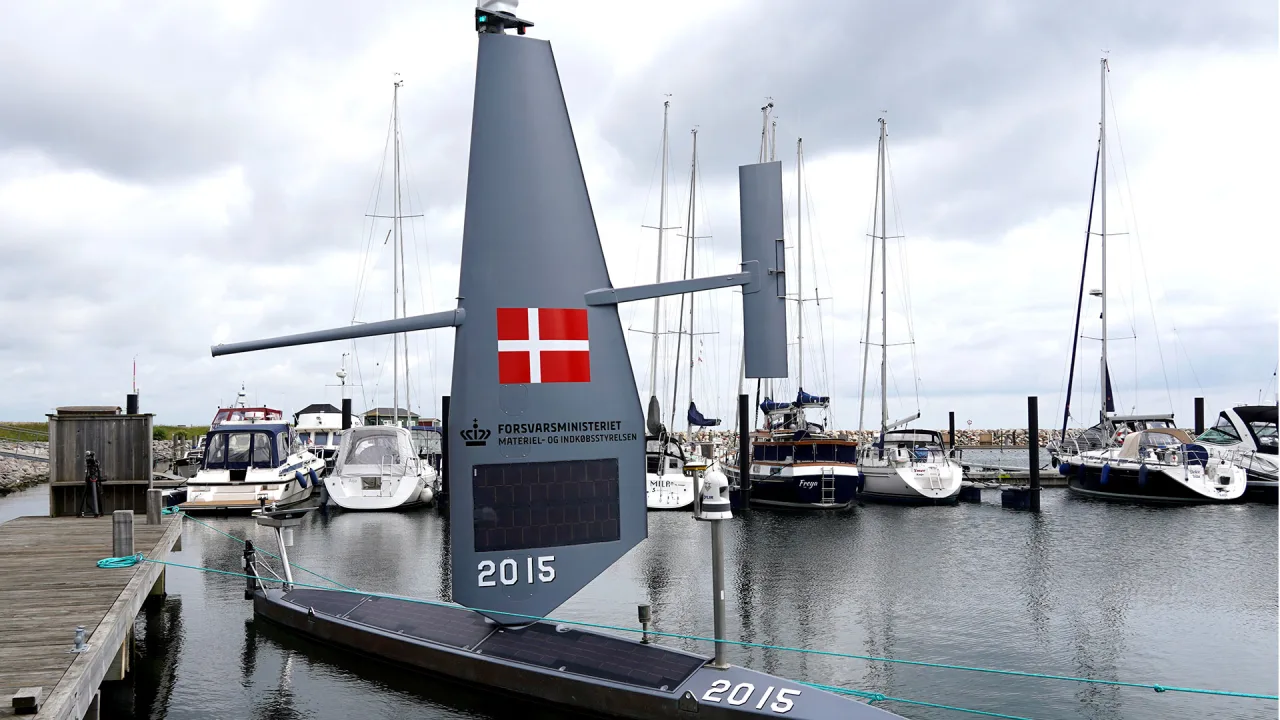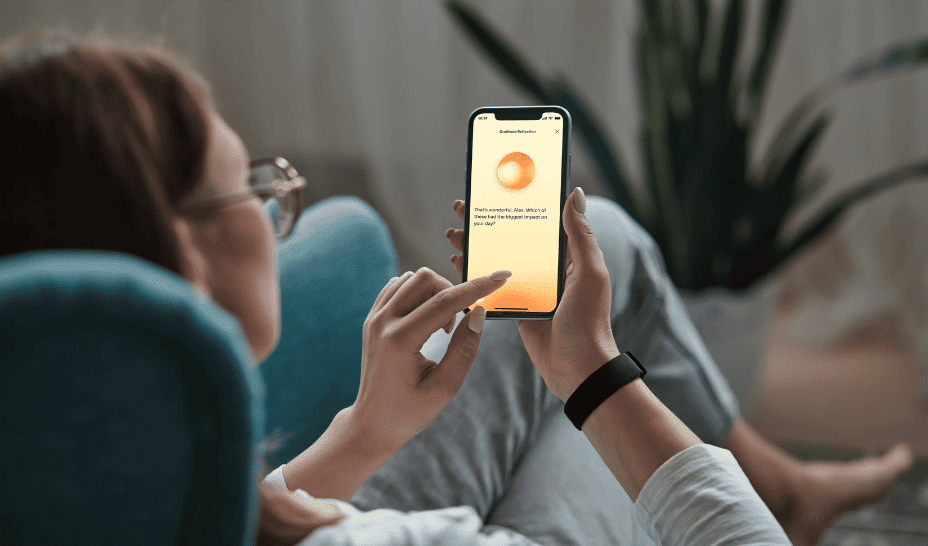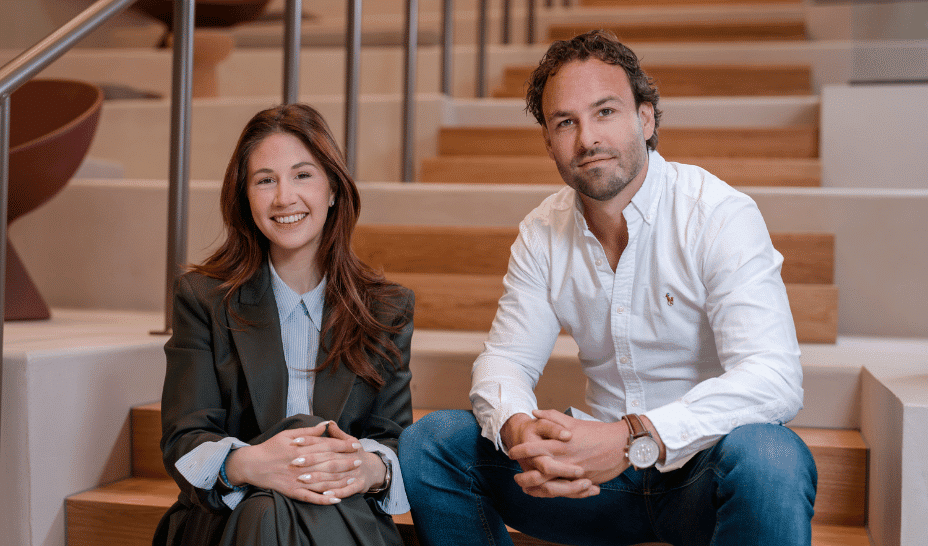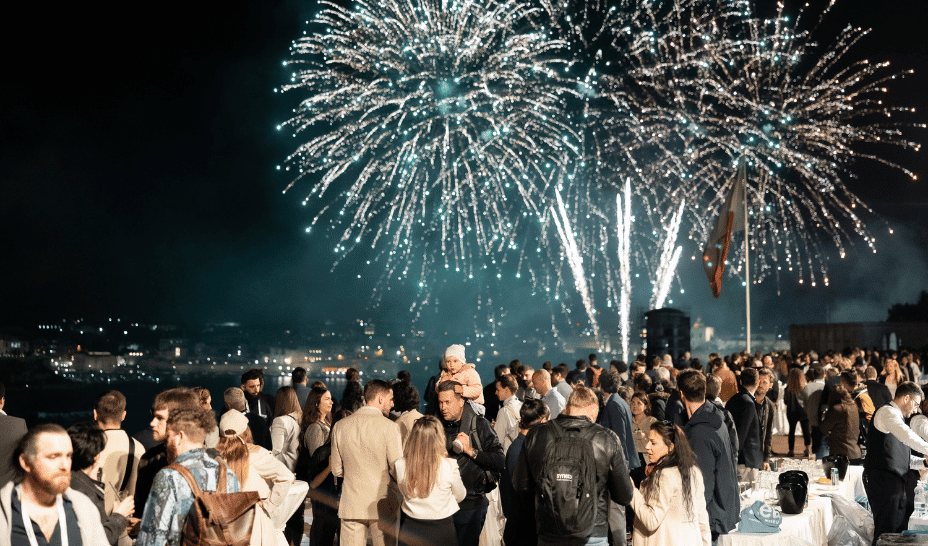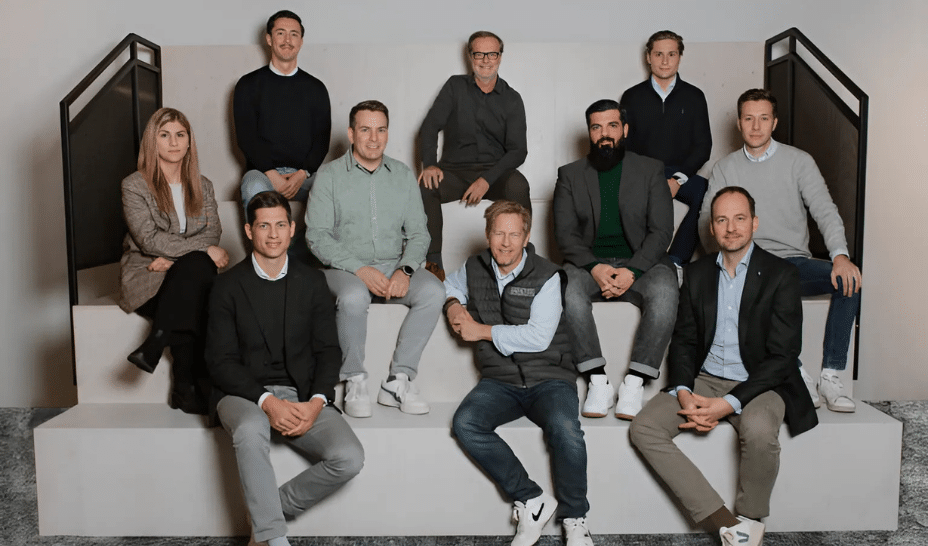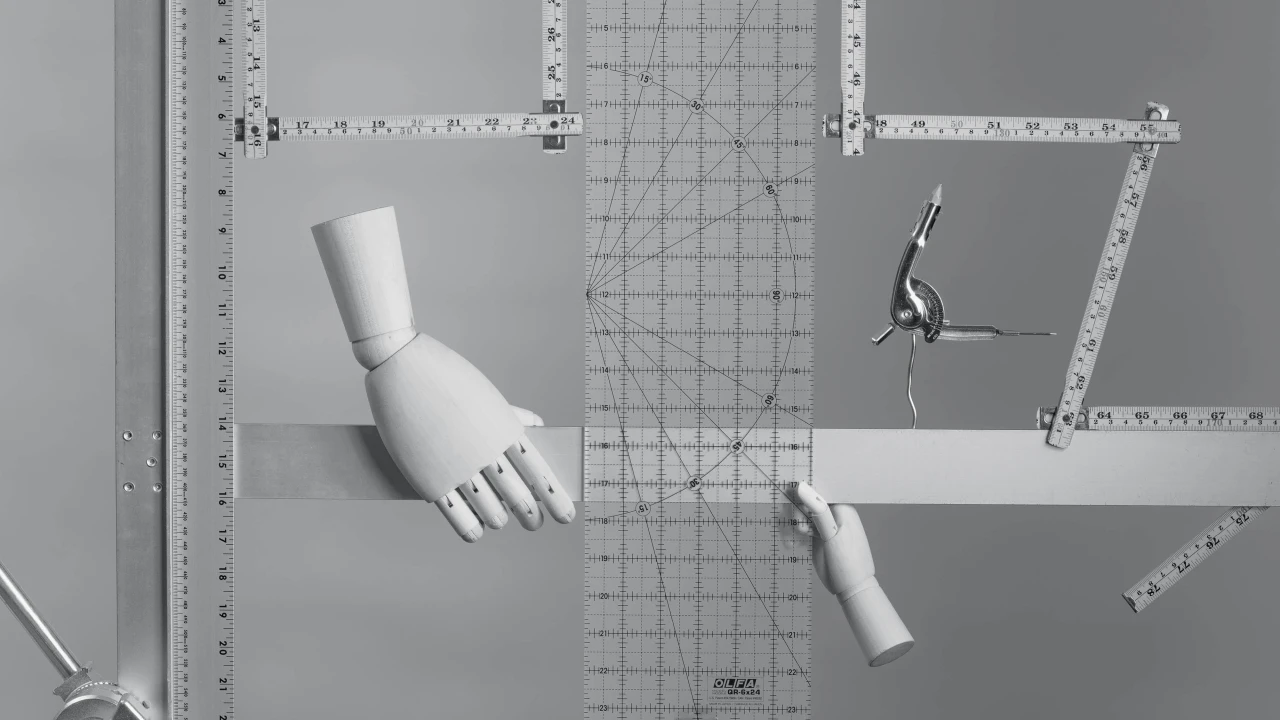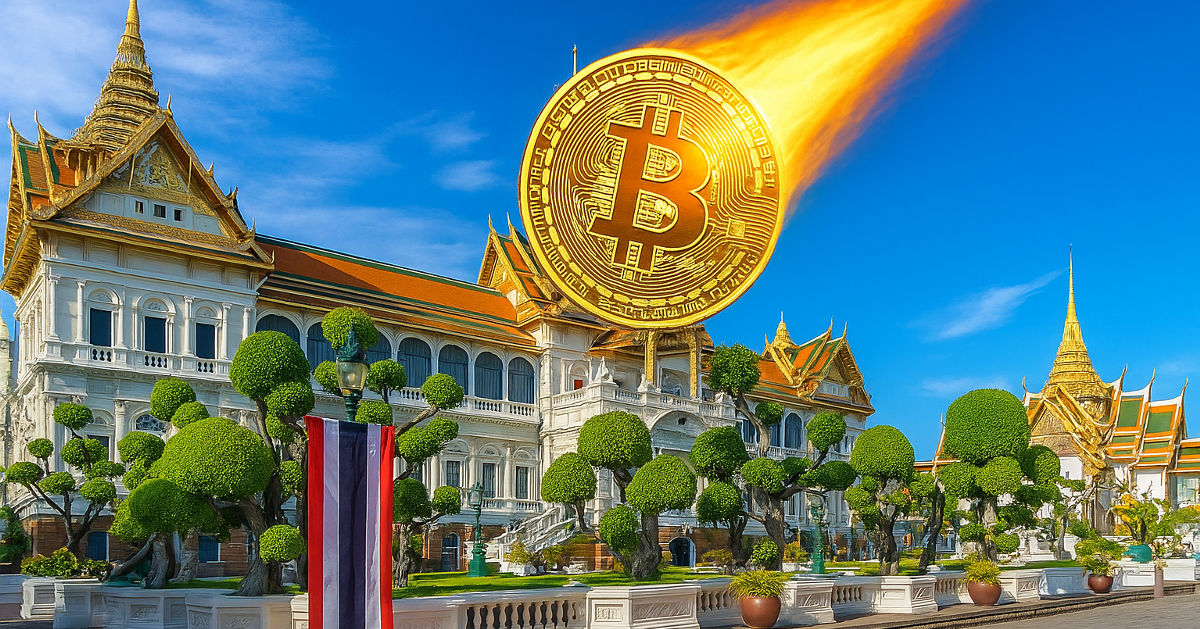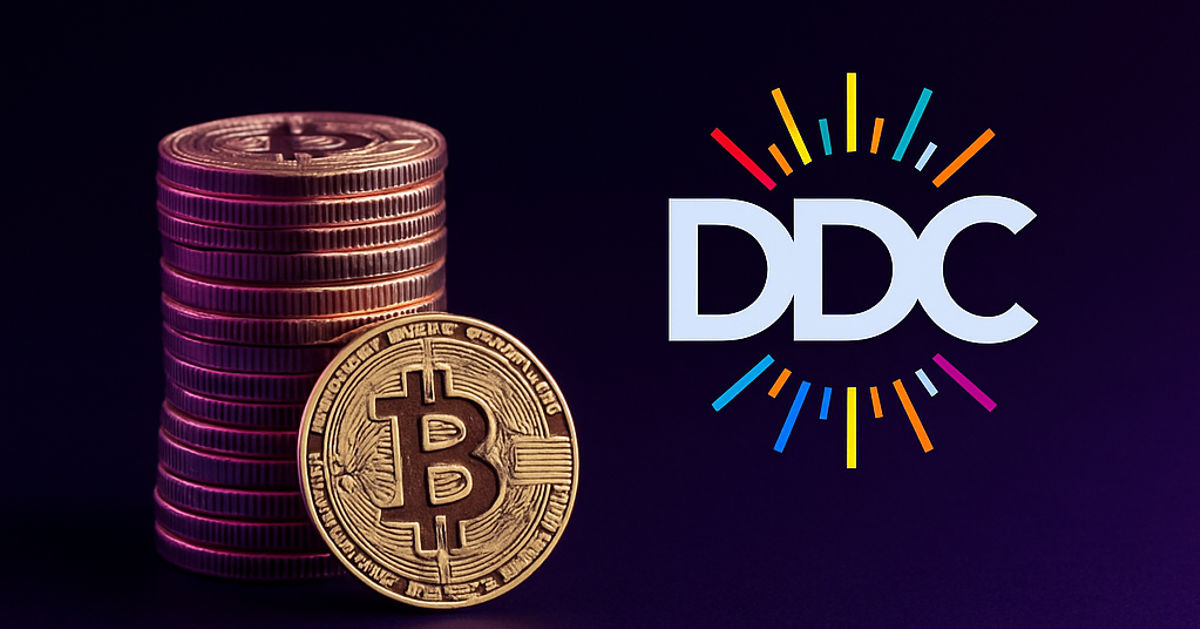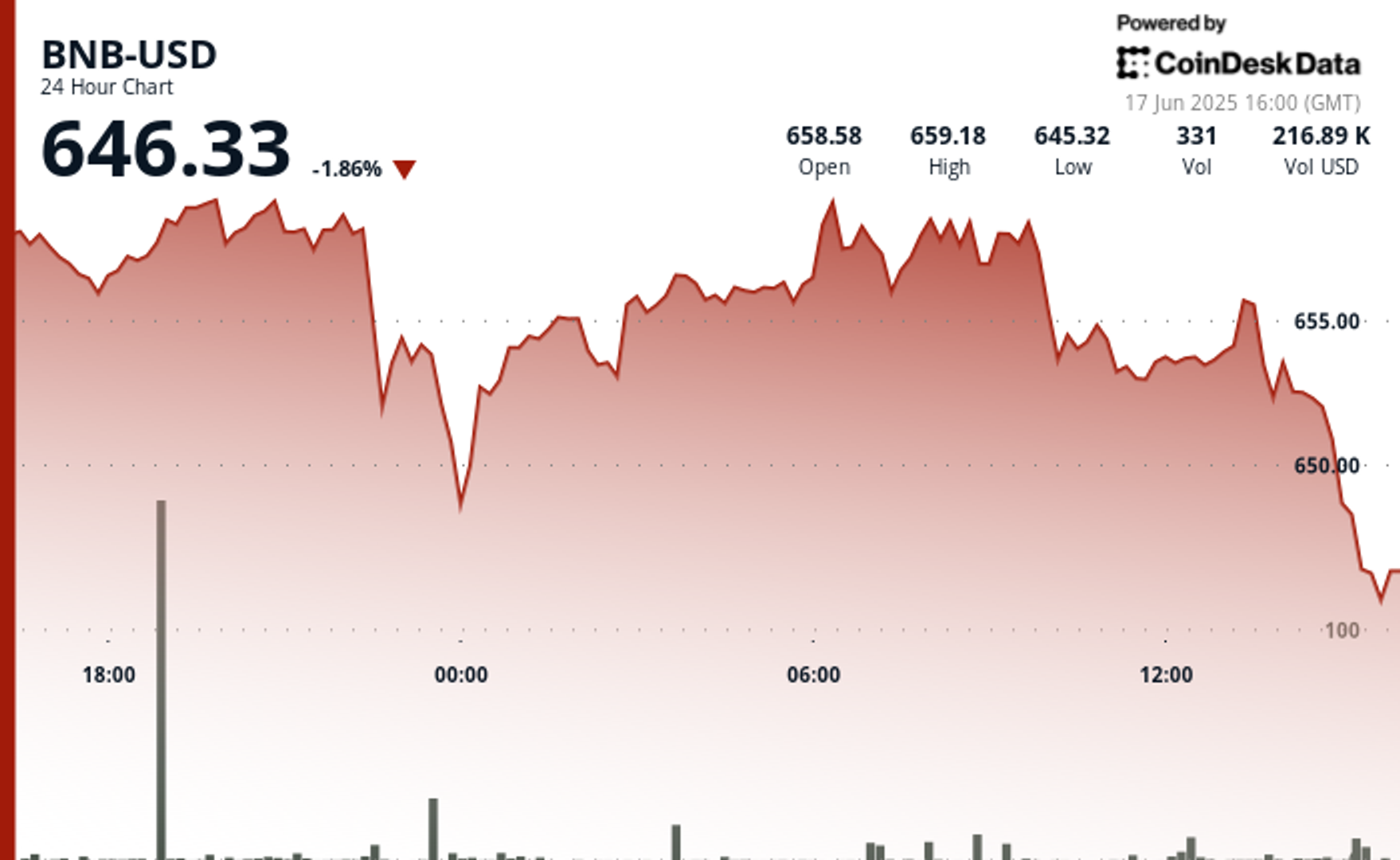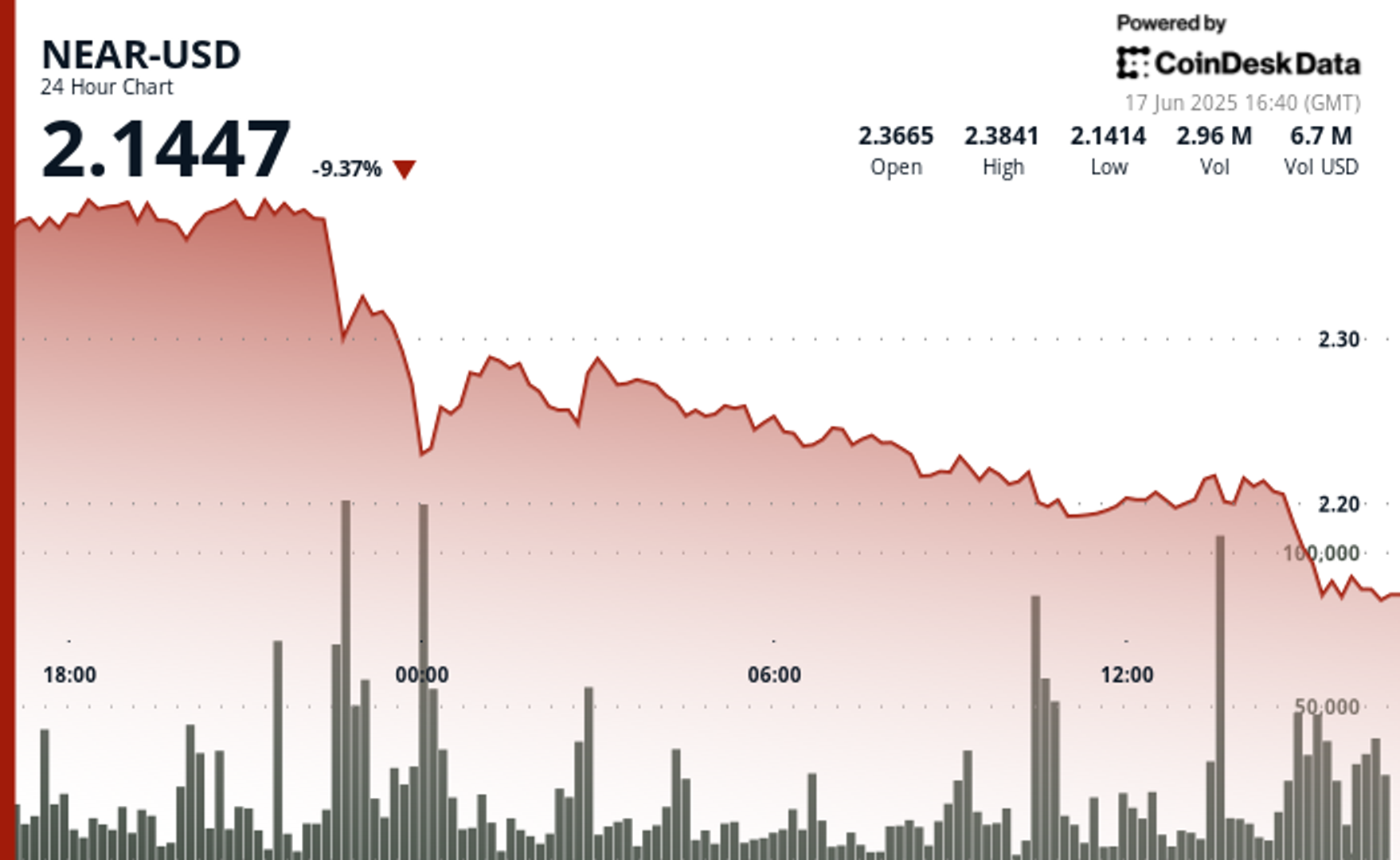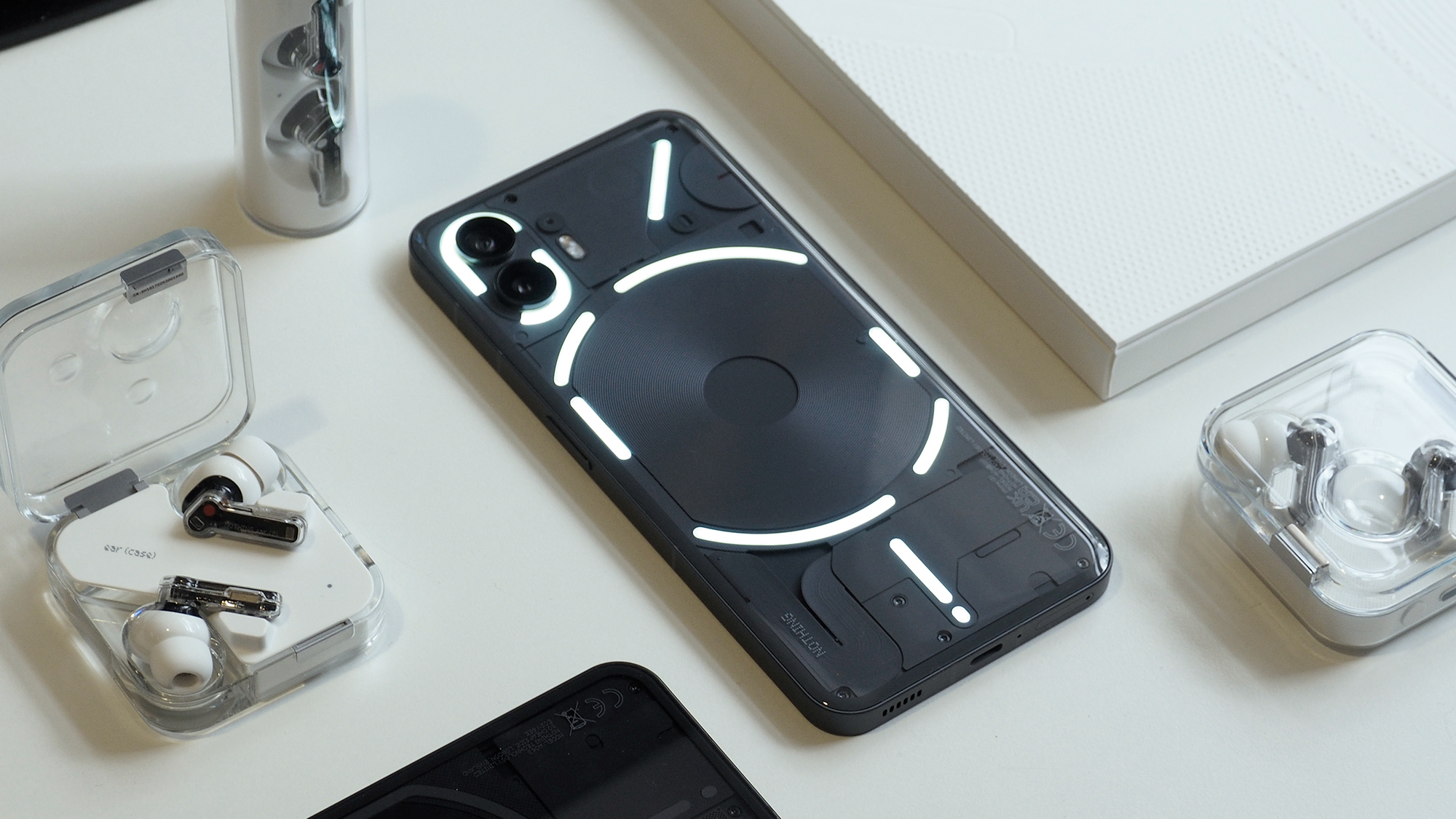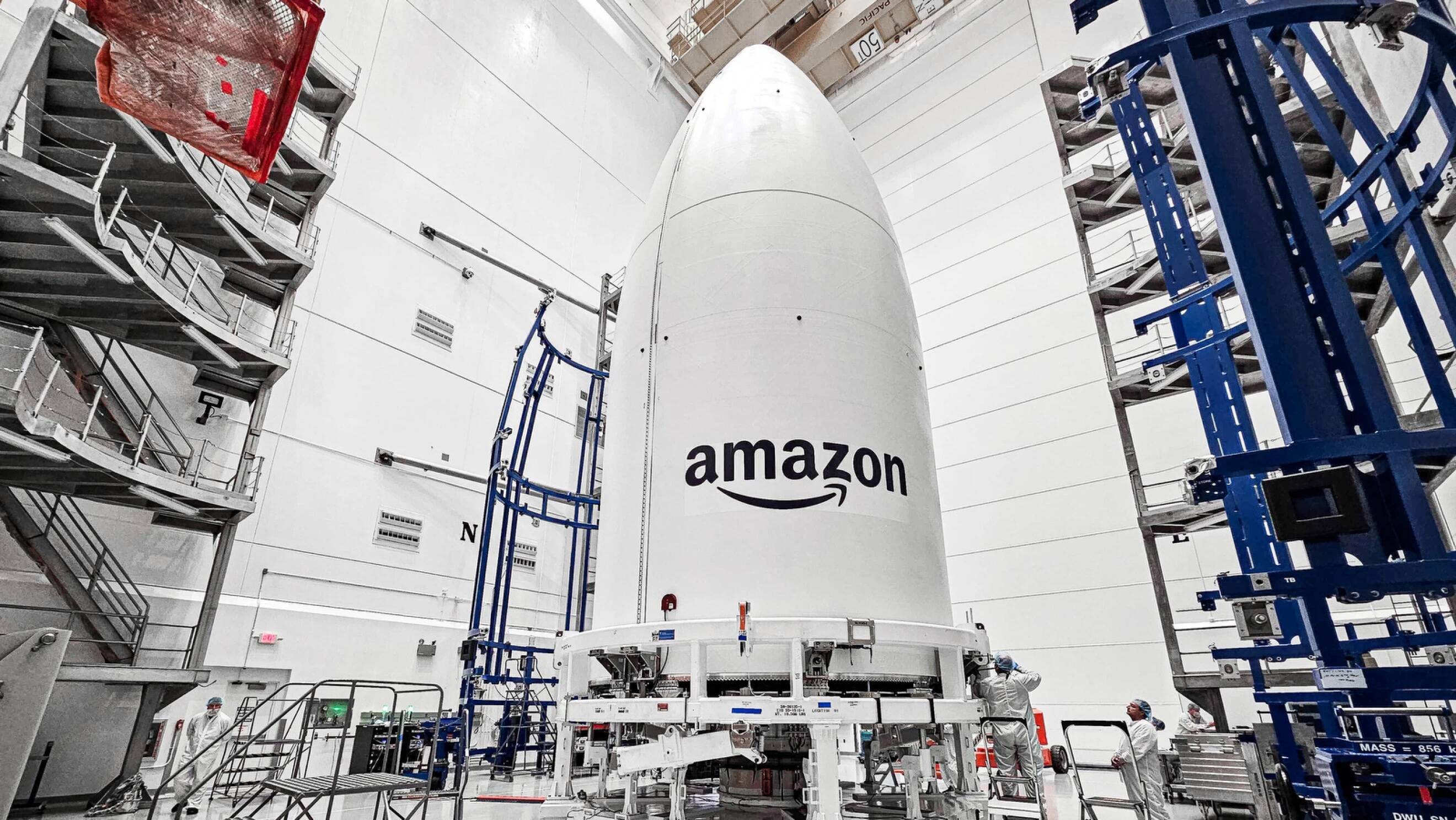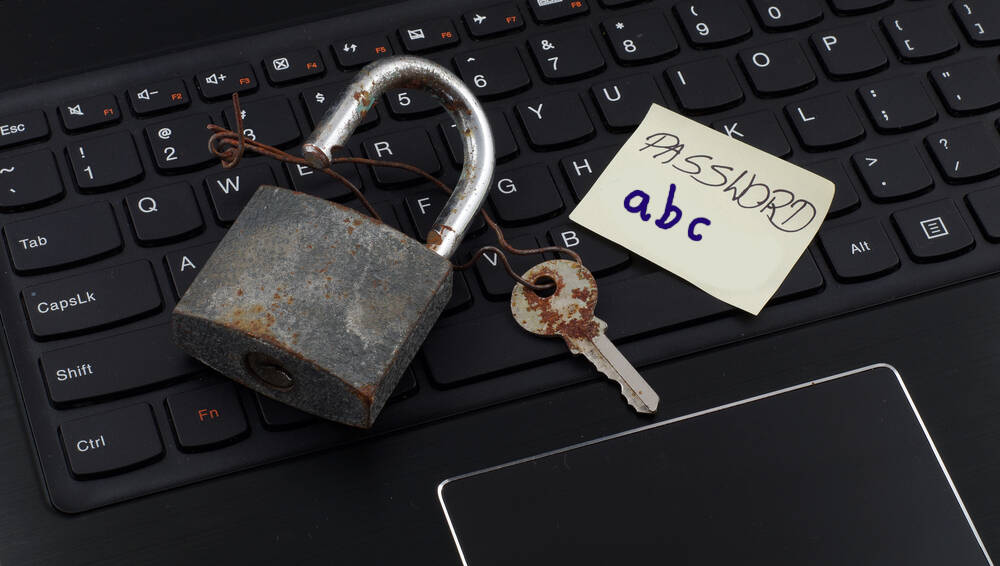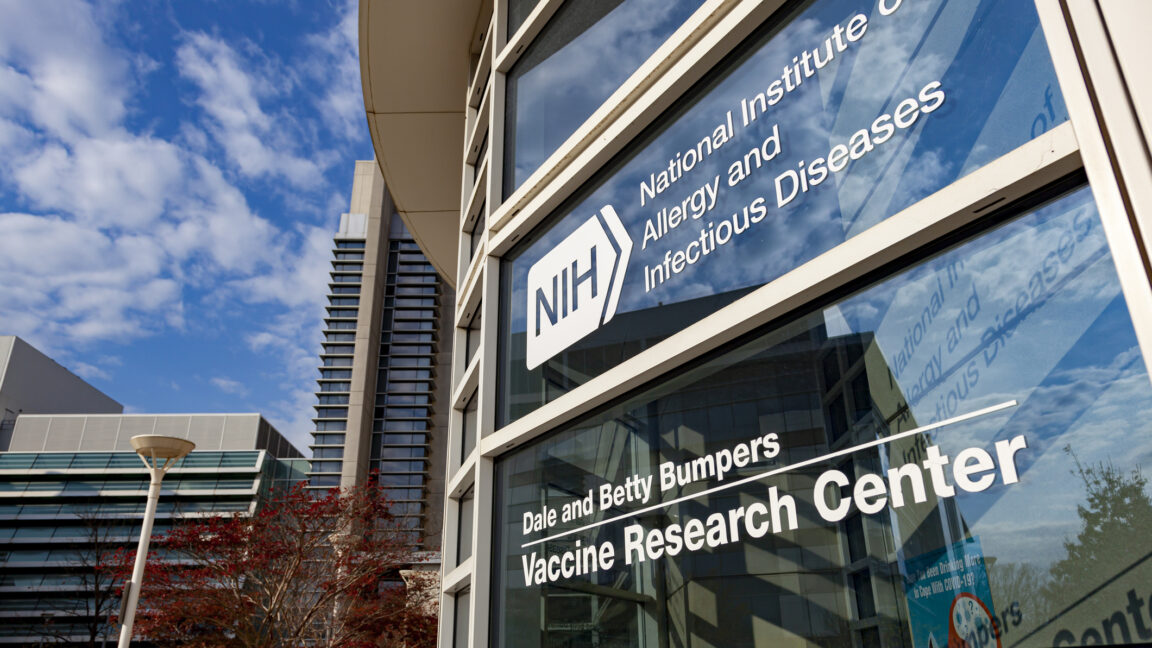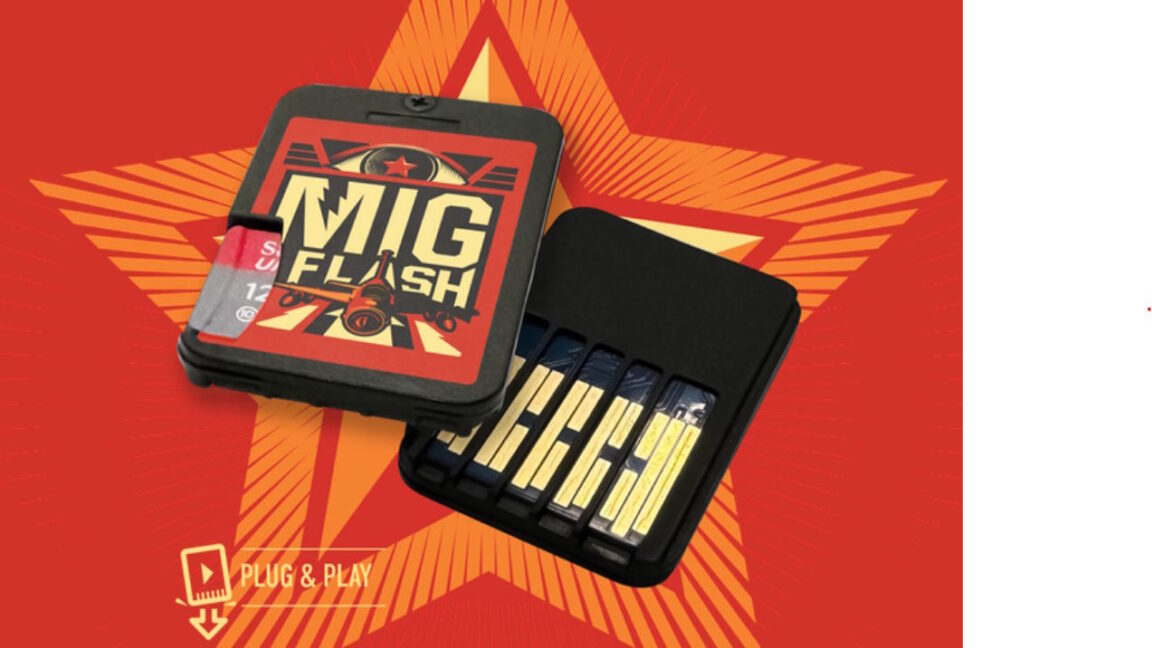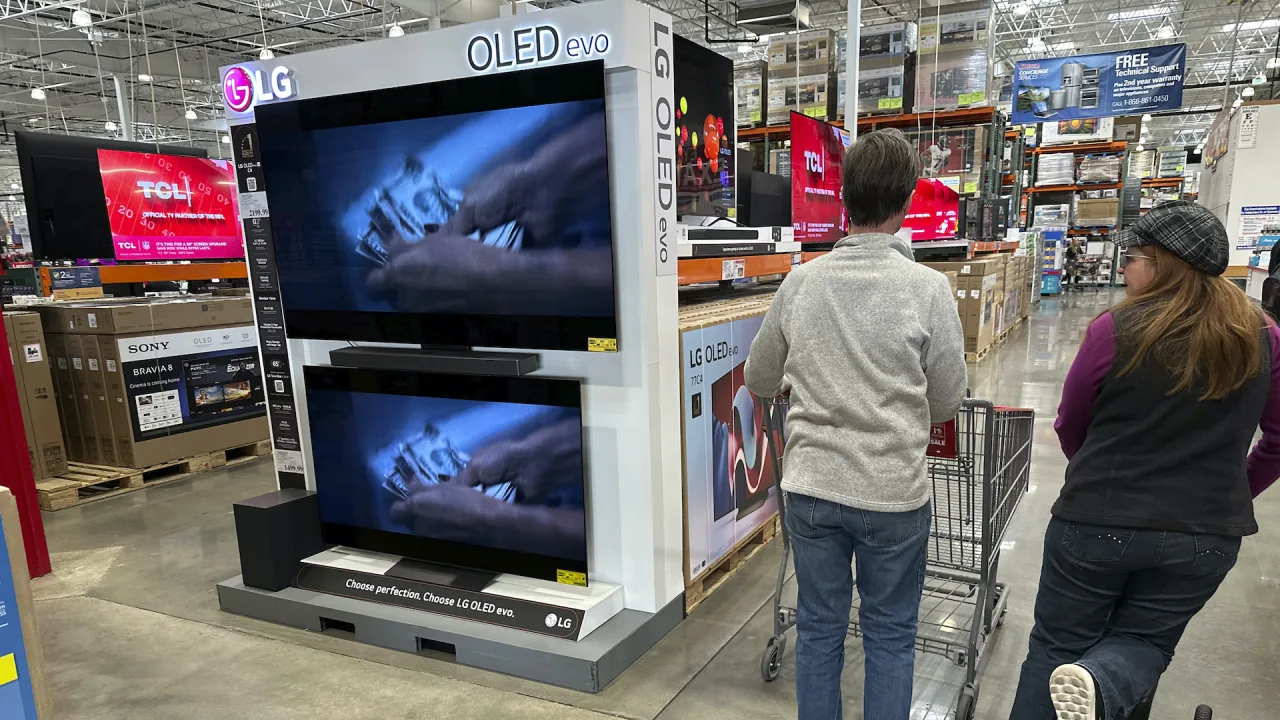These leaders are working to ensure LGBTQ+ history—and futures—remains visible
In his first months in office, Trump unleashed a slew of anti-LGBTQ+ initiatives, including outlawing federally funded gender-affirming care and overseeing the National Park Service’s removal of trans and queer references from the Stonewall National Monument’s website. The hostility of the Trump administration toward the queer community—and in particular, transgender individuals—has created a fear felt both by LGBTQ+ individuals and the organizations that serve them. But that doesn’t mean complacency or resignation. “It’s frightening to all of us,” Morgan Gwenwald, a photographer and coordinator at the Lesbian Herstory Archives, says. “All the more reason to be visible, all the more reason to go out and support whoever and whatever needs support.” Fast Company asked leaders at three New York City-based LGBTQ+ community spaces—the American LGBTQ+ Museum, the Lesbian Herstory Archives, and the NYC LGBT Community Center—to share how these groups are responding to a challenging political moment through legal action, grassroots fundraising, and making the histories of queer people more visible. Ben Garcia, executive director of the American LGBTQ+ Museum Leaders at the American LGBTQ+ Museum, which is slated to open in October 2027 in a wing of the New York Historical Society, have spent the past four years fundraising in an increasingly hostile environment. “These executive orders have made a lot of corporate philanthropy just take a beat,” says the museum’s executive director, Ben Garcia, referring to Trump’s directive terminating federal funding for DEI programming. Garcia had initially anticipated that about 10% of the museum’s budget would come from corporate partners. Now, he expects that no more than 3% of it will. Garcia has worked in museums for 25 years. Accepting this role “was an opportunity to really think about a group of ancestors who died in many instances because of their identities as queer people [and] because of the ways in which governments didn’t tend to their needs,” he says, referring to the AIDS epidemic. Under the Trump administration, that conviction takes on a renewed significance, he says, given efforts to ban gender-affirming healthcare for transgender people. “The federal government is turning away from their care, their health, their survival, their safety, in ways that echo back to the 1980s,” Garcia says. Despite financial uncertainties and an opening date that has been postponed more than once—the museum was originally supposed to open in 2024—Garcia’s team has raised $170 million through a combination of philanthropic, city, state, and federal donations (received prior to President Trump’s inauguration). Staff are campaigning to bring in another $30 million to build out the space, design programming, and fund traveling exhibitions they’ve been producing since 2021. Additionally, they plan to increase the number of archival works housed at the museum, including photographs of Pride protests and parades, clothing worn by drag and ballroom performers, and the stoles of queer religious leaders—some of whom were defrocked for their sexual orientation, Garcia notes. The museum began exploring this plan when the Trump administration started to defund and erase information from public archives, says Garcia. “We will be collecting a lot more [than we had thought] and making sure that the physical evidence—the receipts for our history—are preserved in organizations that are private nonprofits [and] queer run,” Garcia says. “Right now, that’s the only place that we would be recommending someone keep their stuff.” Morgan Gwenwald, photographer and coordinator at the Lesbian Herstory Archives At the Lesbian Herstory Archives, operations have never been confined by government funding or institutional bureaucracy. “We don’t have to worry about, ‘What will our board think if we take a banner out to this really rowdy protest or something?’ We are the board,” says Gwenwald, who has been volunteering with the organization since 1979. “We have freedom that way, but we have to be very dependent [on] our community because of that.” Throughout the Park Slope, Brooklyn-based organization’s 51-year history—or herstory, as members semi-jokingly call it—the LHA has relied solely on grassroots funding to chronicle the lived experiences of lesbians. Materials that the LHA accepts are intentionally broad as well: If you identify as a lesbian and you’ve made or owned something (including artwork, writing, or possessions), it has a home there. “You can go back and look at, ‘What was that like—being terrified to go into a gay bar and circling the block in your car before you’ve got enough courage to go in?’ That’s there in the archives,” Gwenwald says. “It’s in someone’s diary. Those true stories and oral histories are really important because it’s the real thing.” Gwenwald says the archives also serve as a reminder to young people that the queer communit
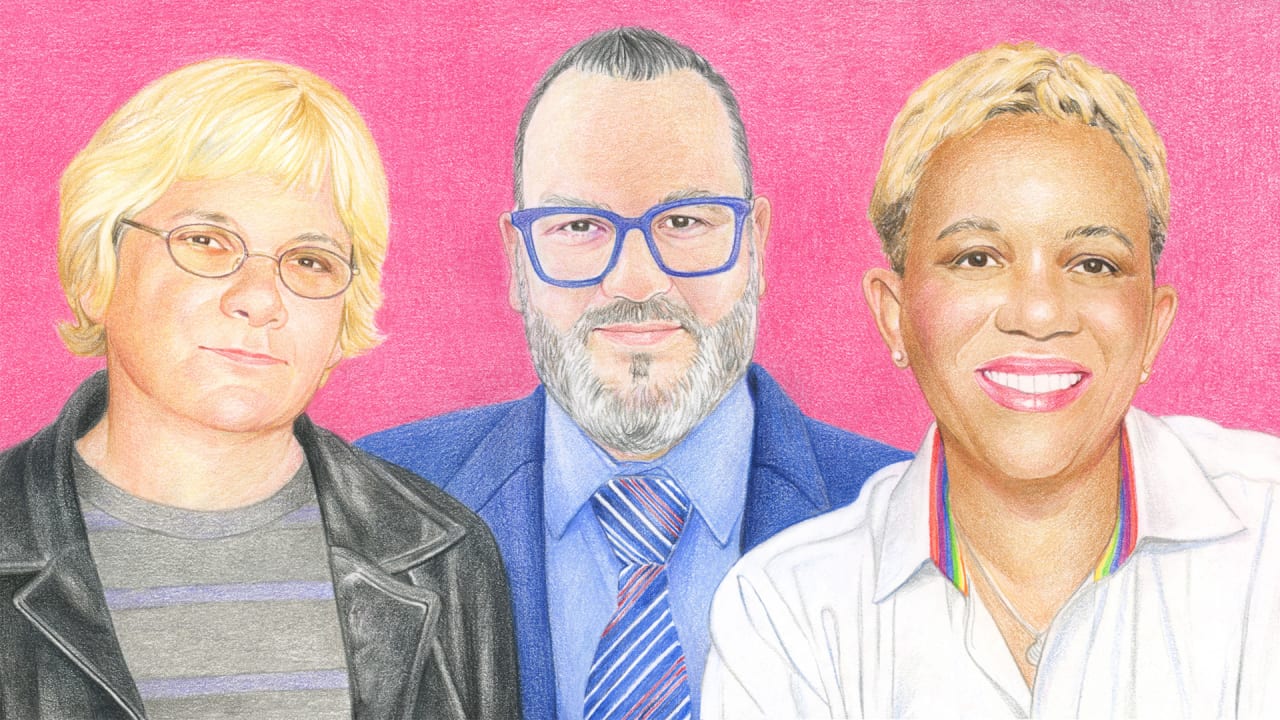
In his first months in office, Trump unleashed a slew of anti-LGBTQ+ initiatives, including outlawing federally funded gender-affirming care and overseeing the National Park Service’s removal of trans and queer references from the Stonewall National Monument’s website.
The hostility of the Trump administration toward the queer community—and in particular, transgender individuals—has created a fear felt both by LGBTQ+ individuals and the organizations that serve them.
But that doesn’t mean complacency or resignation. “It’s frightening to all of us,” Morgan Gwenwald, a photographer and coordinator at the Lesbian Herstory Archives, says. “All the more reason to be visible, all the more reason to go out and support whoever and whatever needs support.”
Fast Company asked leaders at three New York City-based LGBTQ+ community spaces—the American LGBTQ+ Museum, the Lesbian Herstory Archives, and the NYC LGBT Community Center—to share how these groups are responding to a challenging political moment through legal action, grassroots fundraising, and making the histories of queer people more visible.
Ben Garcia, executive director of the American LGBTQ+ Museum
Leaders at the American LGBTQ+ Museum, which is slated to open in October 2027 in a wing of the New York Historical Society, have spent the past four years fundraising in an increasingly hostile environment.
“These executive orders have made a lot of corporate philanthropy just take a beat,” says the museum’s executive director, Ben Garcia, referring to Trump’s directive terminating federal funding for DEI programming. Garcia had initially anticipated that about 10% of the museum’s budget would come from corporate partners. Now, he expects that no more than 3% of it will.
Garcia has worked in museums for 25 years. Accepting this role “was an opportunity to really think about a group of ancestors who died in many instances because of their identities as queer people [and] because of the ways in which governments didn’t tend to their needs,” he says, referring to the AIDS epidemic.
Under the Trump administration, that conviction takes on a renewed significance, he says, given efforts to ban gender-affirming healthcare for transgender people. “The federal government is turning away from their care, their health, their survival, their safety, in ways that echo back to the 1980s,” Garcia says.
Despite financial uncertainties and an opening date that has been postponed more than once—the museum was originally supposed to open in 2024—Garcia’s team has raised $170 million through a combination of philanthropic, city, state, and federal donations (received prior to President Trump’s inauguration). Staff are campaigning to bring in another $30 million to build out the space, design programming, and fund traveling exhibitions they’ve been producing since 2021.
Additionally, they plan to increase the number of archival works housed at the museum, including photographs of Pride protests and parades, clothing worn by drag and ballroom performers, and the stoles of queer religious leaders—some of whom were defrocked for their sexual orientation, Garcia notes.
The museum began exploring this plan when the Trump administration started to defund and erase information from public archives, says Garcia. “We will be collecting a lot more [than we had thought] and making sure that the physical evidence—the receipts for our history—are preserved in organizations that are private nonprofits [and] queer run,” Garcia says. “Right now, that’s the only place that we would be recommending someone keep their stuff.”
Morgan Gwenwald, photographer and coordinator at the Lesbian Herstory Archives
At the Lesbian Herstory Archives, operations have never been confined by government funding or institutional bureaucracy. “We don’t have to worry about, ‘What will our board think if we take a banner out to this really rowdy protest or something?’ We are the board,” says Gwenwald, who has been volunteering with the organization since 1979. “We have freedom that way, but we have to be very dependent [on] our community because of that.”
Throughout the Park Slope, Brooklyn-based organization’s 51-year history—or herstory, as members semi-jokingly call it—the LHA has relied solely on grassroots funding to chronicle the lived experiences of lesbians. Materials that the LHA accepts are intentionally broad as well: If you identify as a lesbian and you’ve made or owned something (including artwork, writing, or possessions), it has a home there.
“You can go back and look at, ‘What was that like—being terrified to go into a gay bar and circling the block in your car before you’ve got enough courage to go in?’ That’s there in the archives,” Gwenwald says. “It’s in someone’s diary. Those true stories and oral histories are really important because it’s the real thing.”
Gwenwald says the archives also serve as a reminder to young people that the queer community has been “pushed back into similar places” before, and what past acts of resistance have looked like.
“We work really hard to acknowledge the people who’ve come before, and what they’ve done, [and to] name their names,” she says. “You have to understand their stories as they were and understand that that is connected to where we are now.”
Carla Smith, CEO of The Lesbian, Gay, Bisexual & Transgender Community Center
“We were born during the HIV/AIDS epidemic . . . so [this moment] almost feels like we’re coming full circle to a certain degree,” says Carla Smith, CEO of the NYC LGBT Community Center, which offers services including HIV/AIDS care, substance use treatment, records keeping, youth groups, and cultural programming.
Smith, whose tenure began in February 2024, is the center’s third CEO since its opening in 1983, and is overseeing the organization through an unprecedented moment: The center is one of nine LGBTQ+ groups currently suing the federal government.
Filed by Lambda Legal, the lawsuit challenges three of the Trump administration’s executive orders, which assert the validity of only two genders and disregard the existence of transgender, nonbinary, and other genderqueer individuals. The suit also comes in response to funding cuts these organizations faced after their work was flagged as “equity related,” according to a Lambda Legal press release.
“We believe it was our responsibility to make sure that we took a stand against what we feel is an injustice,” Smith says, noting that the center has been active in protesting other attempts to erase transgender and queer individuals from LGBTQ+ history, including from the Stonewall National Monument’s website.
Smith says that the center is facing close to $3 million in federal budget cuts, which represents about 12% of its annual budget. The organization is working with longtime donors to explore potential scenarios and form contingency plans. Decreasing offerings, Smith says, is simply not an option. “These are lifesaving services,” she says. “The alternative is death.”




